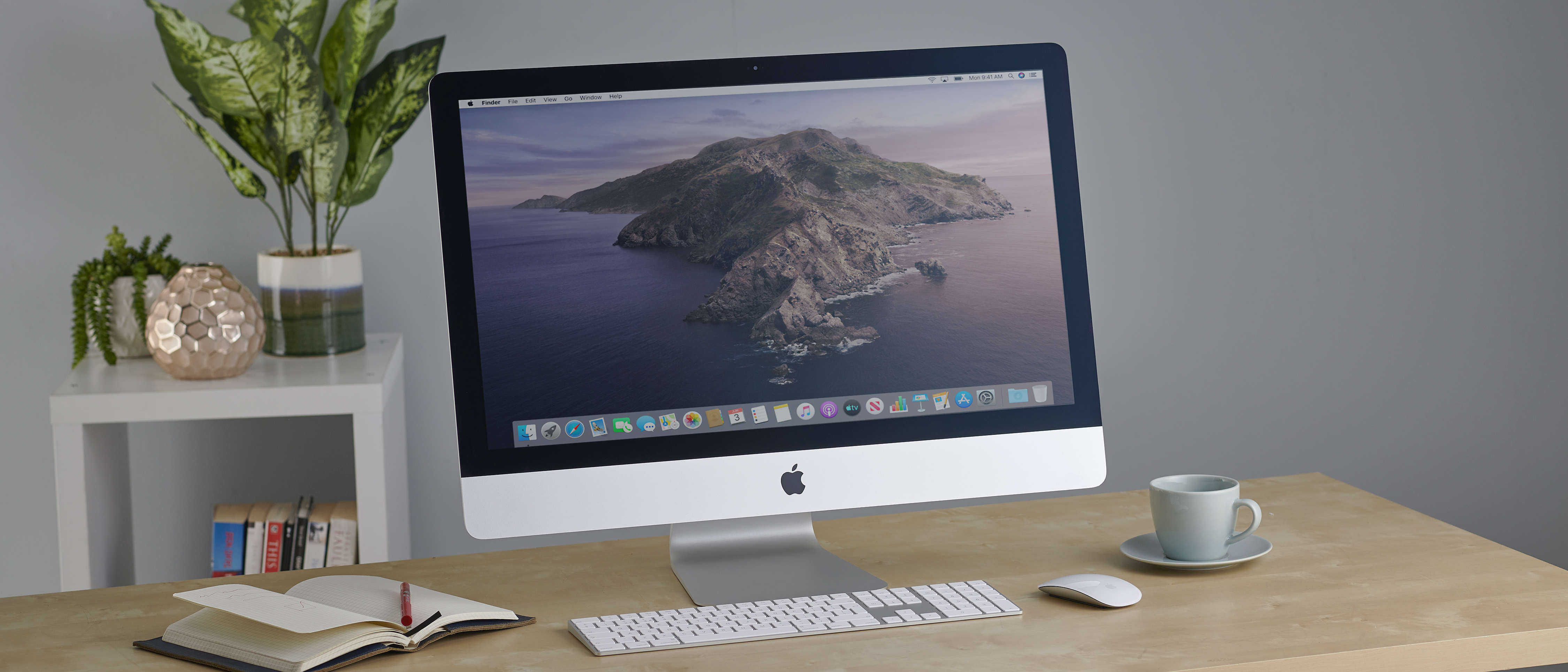TechRadar Verdict
The 27-inch iMac (2020) offers significant hardware improvements over its predecessor, including a new webcam and microphones. However, the bigger question is if you should buy an Intel based model or wait for an Apple Silicon based iMac.
Pros
- +
Improved webcam is great
- +
Same price as last year's model
- +
Can be configured to be very powerful
Cons
- -
Design is getting old
- -
Just two Thunderbolt ports
- -
Apple Silicon based Macs are around the corner
Why you can trust TechRadar
Two-minute review
Recommending a product while it’s going through a transition is always hard and that’s exactly what’s planned for the entire Mac line-up. Apple is moving away from Intel processors to Apple Silicon over the next couple of years. That does not mean that Apple will stop supporting Intel based Macs but they are to become the company’s history and not its future. Keeping that in mind, let’s take a look at the latest 27-inch iMac that is powered by an Intel processor.
You won’t really notice much of a difference if you keep the 2020 version of the iMac 27-inch next to the one released before it, or the one before it or the one released in 2012. Apple hasn’t changed the design of their all-in-one computer for some time now and it a safe bet to assume that the design refresh will come with Apple Silicon based iMacs- whenever that is.
Here is the 27-inch Apple iMac (2020) configuration sent to TechRadar Middle East for review
CPU: 3.8GHz Intel Core i7 10700K (8-core, 16MB cache, up to 5.0GHz with Turbo Boost)
Graphics: AMD Radeon Pro 5500 XT (8GB GDDR6 VRAM)
RAM: 8GB DDR4 (2,666MHz)
Screen: 27-inch 5K (5,120 x 2,880) Retina display (P3 wide color)
Storage: 500GB SSD
Ports: 4x USB 3 (Type-A), 2x Thunderbolt 3 (Type-C), SDXC card slot, 3.5mm headphone jack, Gigabit Ethernet, Kensington lock slot
Connectivity: 802.11ac Wi-Fi, Bluetooth 5
Operating system: macOS 10.15 Catalina
Camera: 1080p FaceTime HD
Weight: 19.7 pounds (8.92kg)
Size: 25.6 x 8 x 20.3 inches (65 x 20.3 x 51.6cm; W x D x H)
However, just because the iMac looks like the older one, doesn’t mean there isn’t anything new about it. It comes with the expected spec bumps such as more powerful processor which in this case is the latest 10th gen Intel Comet Lake lineup and a new AMD Radeon Pro GPU.
Apple has also finally gotten rid of mechanical drives and the only option for the 27-inch iMac 2020 is SSD though it’s a shame that it starts with just 256GB of storage. You can also equip these machines with more RAM than before as well as Gigabit Ethernet port.
What is brand new is a 1080p FaceTime HD webcam- certainly fitting for the times we live in where most meetings are done online rather than in-person. It’s hard to imagine but this is the first Mac with a 1080p camera and it very much welcomed. Complimenting the webcam are studio quality mics that ensure an excellent online meeting experience.

There is one area where the new iMac gets a big update- but its one that you need to pay extra for. The optional nano-texture glass costs an additional AED 2,100 and makes the rather glossy screen on the iMac more usable in environments where a direct light is shining on your screen. It’s the same technology that Apple introduced with the Apple Pro Display XDR monitor.
We didn’t receive the nano-texture version for our review so we can’t comment on how good it is, but our colleagues in the UK did and you can read that review to find out what they though about it. Other than the optional nano-texture coating, the screen on the iMac 27-inch is identical to the one on the previous model with a 5,120 x 2,880 resolution, a brightness of 500 nits and support for the wide color P3 gamut.
While you have updated components inside the new 27-inch iMac, Apple has kept pricing similar to the previous generation. You’re paying the same and getting newer components.
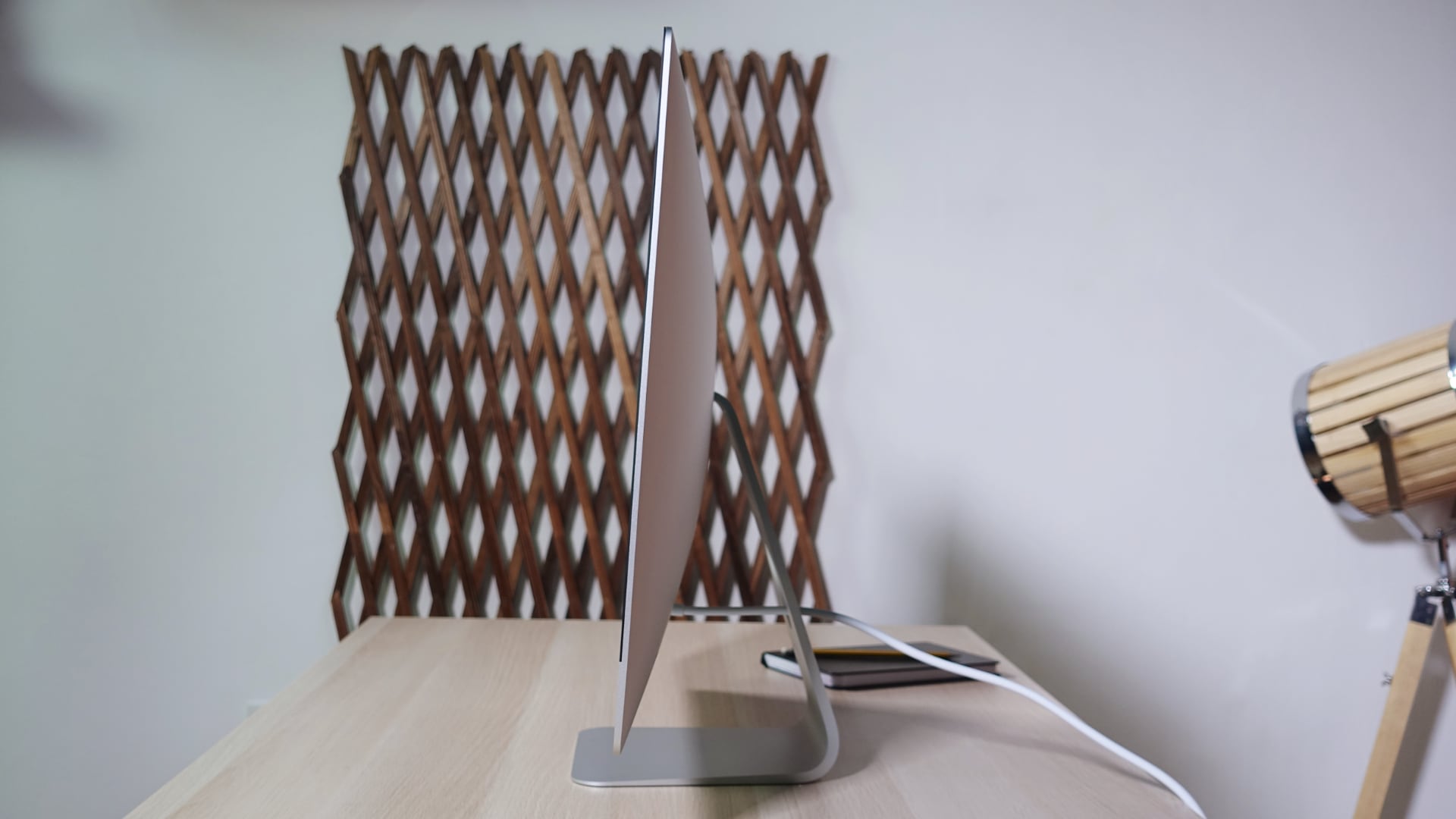
Price and availability
The Apple iMac 27-inch (2020) went on sale the moment Apple announced it, which means you can order one right now through Apple, with physical Apple Stores and Apple Authorized Resellers to follow.
The iMac 27-inch (2020) also continues Apple’s commendable habit of launching new devices for the same price as the previous generation, which means the entry level model sells for AED 7,599.
For that price, you get a 3.1GHz six-core 10th-generation Intel Core i5 processor with a Turbo Boost of 4.5GHz, 8GB of 2666Hz DDR4 RAM, 256GB SSD and a Radeon Pro 5300 GPU with 4GB of GDDR6 memory.
The mid-range model comes with a 3.3GHz six-core 10th-generation Intel Core i5 processor (with a Turbo Boost of 4.8GHz), 8GB RAM, 512GB SSD storage and a Radeon Pro 5300 with 4GB of GDDR6 memory for AED 8,439.
Finally, there’s the high-end pre-configured iMac 27-inch (2020), which comes with a 3.8GHz eight-core 10th-generation Intel Core i7 processor that boosts to 5GHz, 8GB RAM, 512GB SSD storage and an AMD Radeon Pro 5500 XT with 8GB of GDDR6 memory for AED 9,699.
You can also configure the iMac by adding nano-texture glass to the screen (for AED 2,100 more), along with more RAM and up to 8TB of SSD storage – a huge amount and ideal for digital creatives who need large and fast storage for their files.
The fully kitted-out iMac 27-inch, with a nano-texture screen, a 3.6HZ 10-core 10th generation Intel Core i9 processor (with 5GHz turbo boost), 128GB RAM, an AMD Radeon Pro 5700XT GPU with 16GB of GDDR6 memory, 8TB of SSD storage and 10 gigabit Ethernet (gigabit Ethernet comes as standard) will cost a whopping AED 36,579.
Yes, that’s a huge amount of cash, but that gets you a seriously powerful all-in-one workstation. It’s also more powerful than what most people will need. The good thing here is that you could bump up the RAM to a more reasonable 16GB and add 2TB of SSD storage, for example, and get an iMac that’s more in line with your needs and budget.
And, while even the base configurations of the iMac 27-inch are pricey, they are cheaper than the Microsoft Surface Studio 2, for example, and Apple's all-in-one comes with far better components for the most part.
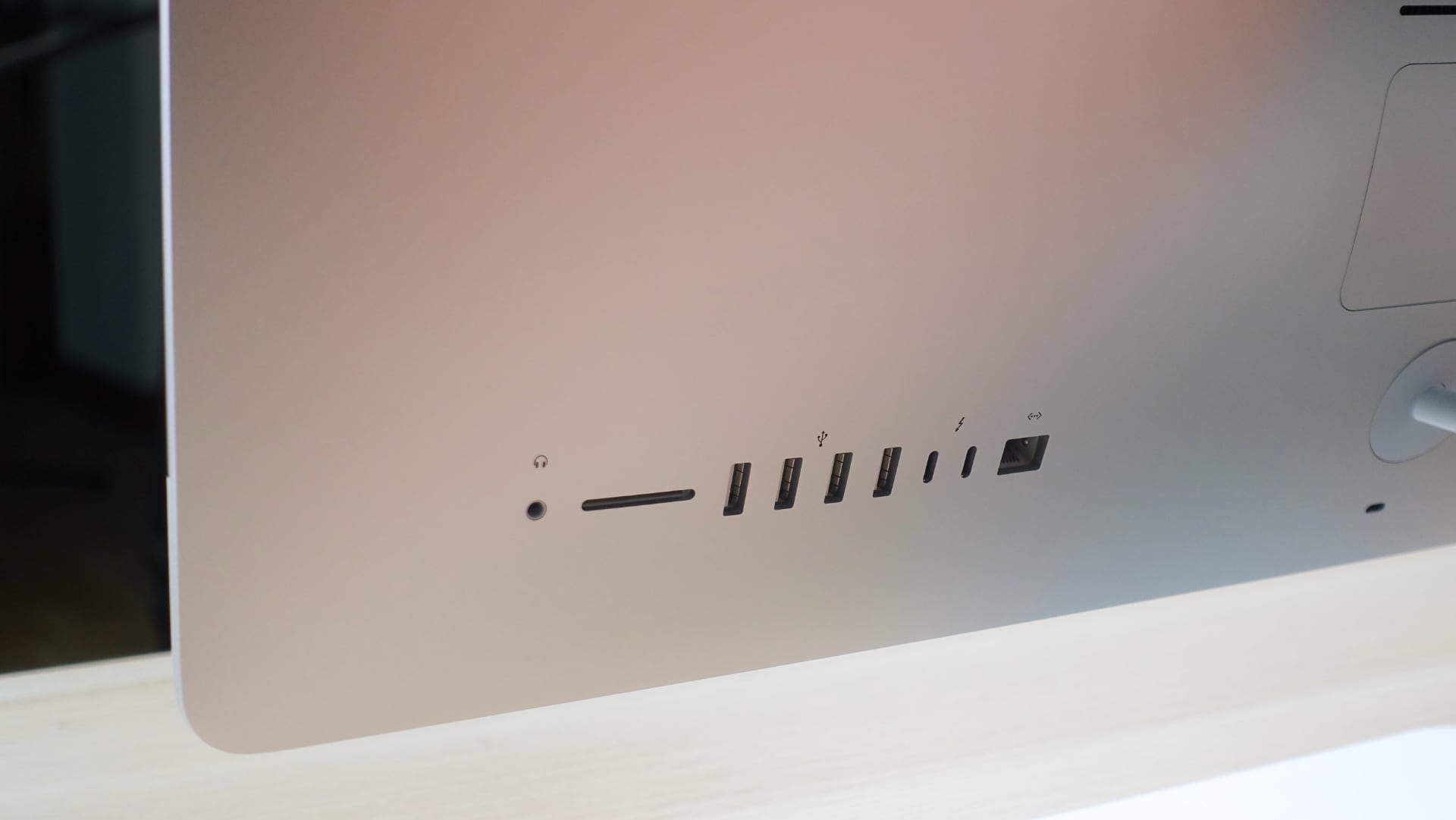
Design
As we mentioned earlier, the design of the new iMac 27-inch remains pretty much unchanged from previous models, except that with the move to SSD storage, the device is slightly lighter. The only other noticeable difference in the design is that the Retina 5K display now comes with nano-texture glass – but that’s an optional extra.
Otherwise, the looks and dimensions of the new iMac are the same as previous models, and even the most ardent Apple fan will probably acknowledge that it’s due a bit of a refresh.
The current design has been around since 2012 (and that was a relatively minor tweak from the design used since 2009), and while it’s aged better than other PC designs from that period, it’s starting to look its age in some respects.
The bezels that surround the screen, for example, look particularly outdated these days, when rival all-in-one PCs are using ever more slim bezels that make them look modern and keep the overall size down.
Also, there’s no biometric login. We’re seeing an increasing number of laptops and desktops incorporate fingerprint, iris or face scanning for logging into the operating system. Apple’s iPhone and MacBook devices are market leaders in this respect with TouchID and FaceID – yet the new iMac comes with neither, which is a shame.
Also, as with last year, we have to point out that the Magic Mouse 2 that comes with the new iMac has the charging port on its underside. This is an annoying choice as it means you can't use the mouse while it’s charging. Simply moving the port would solve this.
The screen is essentially the same as last year’s model, so you get a 27-inch Retina 5K display with a 5,120 x 2,880 resolution, along with a brightness of 500 nits and support for the wide color P3 gamut. This makes it an excellent machine for photo and video editors – and that 5K resolution means you can edit 4K footage without it taking up the entire screen.
The screen also now comes with True Tone technology. Also found in iPads, iPhones and MacBooks, True Tone adjusts the color temperature of the screen depending on the ambient light.
The idea is that this will offer more vibrant colors, while reducing eye strain. We’ve not been terribly sold on True Tone in the past when using MacBooks; while it can make images look nicer in some conditions, it usually ends up making the screen colors a little too warm. If you’re a creative professional who requires color accuracy, you’ll want to turn this option off.
The biggest change to the iMac 27-inch (2020) is actually an optional one – the nano-texture glass. This material scatters light "at the nanometer level" in a bid to eliminate reflections and glare when used, even in direct sunlight. The iMac model we were sent actually came with the nano-texture and we were impressed with the results, with a noticeable lack of reflections not matter what type of lighting was used.
We used the new iMac in particularly sunny environments (our review coincided with the brief – but very hot – English summer), and while other, more reflective screens suffered in these conditions, the iMac’s nano-texture screen was unaffected, having a matte-like quality to it. We were very impressed.
Paying AED 2,100 extra for nano-texture might not appeal to everyone, and the standard glass still does a decent job of minimizing distracting reflections, but as nano-texture glass was previously only found in Apple’s high-end (and at AED 22,999 extremely expensive) Pro Display XDR professional monitor, the new iMac 27-inch (2020) is the most affordable way of getting an Apple device with that screen material.
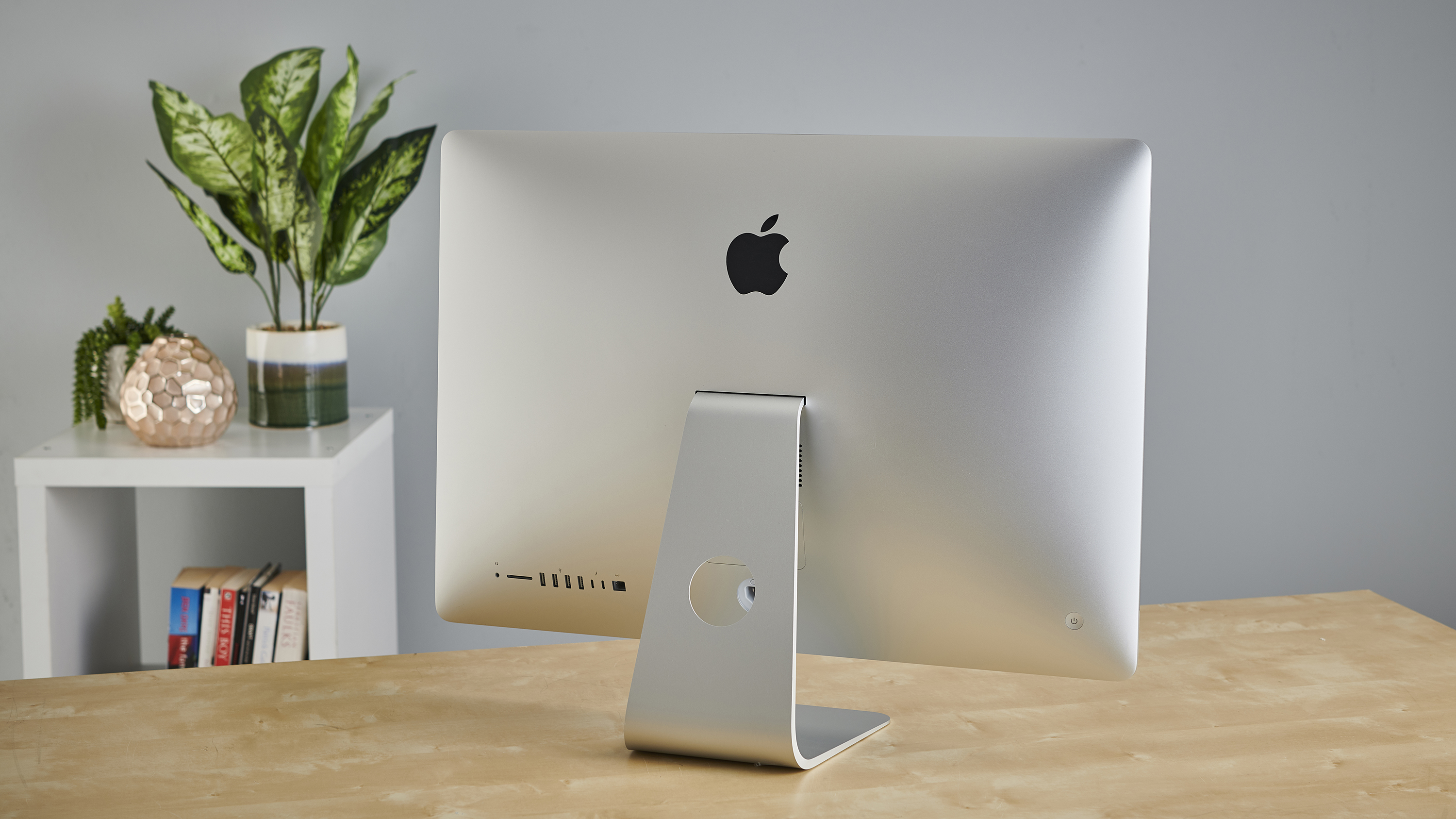
Here’s how the Apple iMac (27-inch, 2020) performed in our suite of benchmark tests:
Cinebench R20 CPU: 4,481 points
Geekbench 5: 1,282 (single-core); 6,952 (multi-core)
Performance
Apple sent us the stock high-end configuration of the iMac 27-inch (2020) which is a 3.8HZ 8-core 10th generation Intel Core i7 processor (with 5GHz turbo boost), 8GB RAM, an AMD Radeon Pro 5500XT GPU with 8GB of GDDR6 memory and 500GB of SSD storage.
During our time with the new iMac 27-inch, we found that macOS Catalina boots and runs quickly, as you’d expect from a new Apple device, and that SSD with up to 3.4GB/s data transfer speeds is put to good use.
We ran multiple apps at once, with web browsers full of tabs open, and the iMac 27-inch (2020) struggled a bit due to the low amount of RAM. We think that Apple should have equipped the higher-end stock config with 16GB RAM and 1TB storage considering it costs close to AED 10,000.
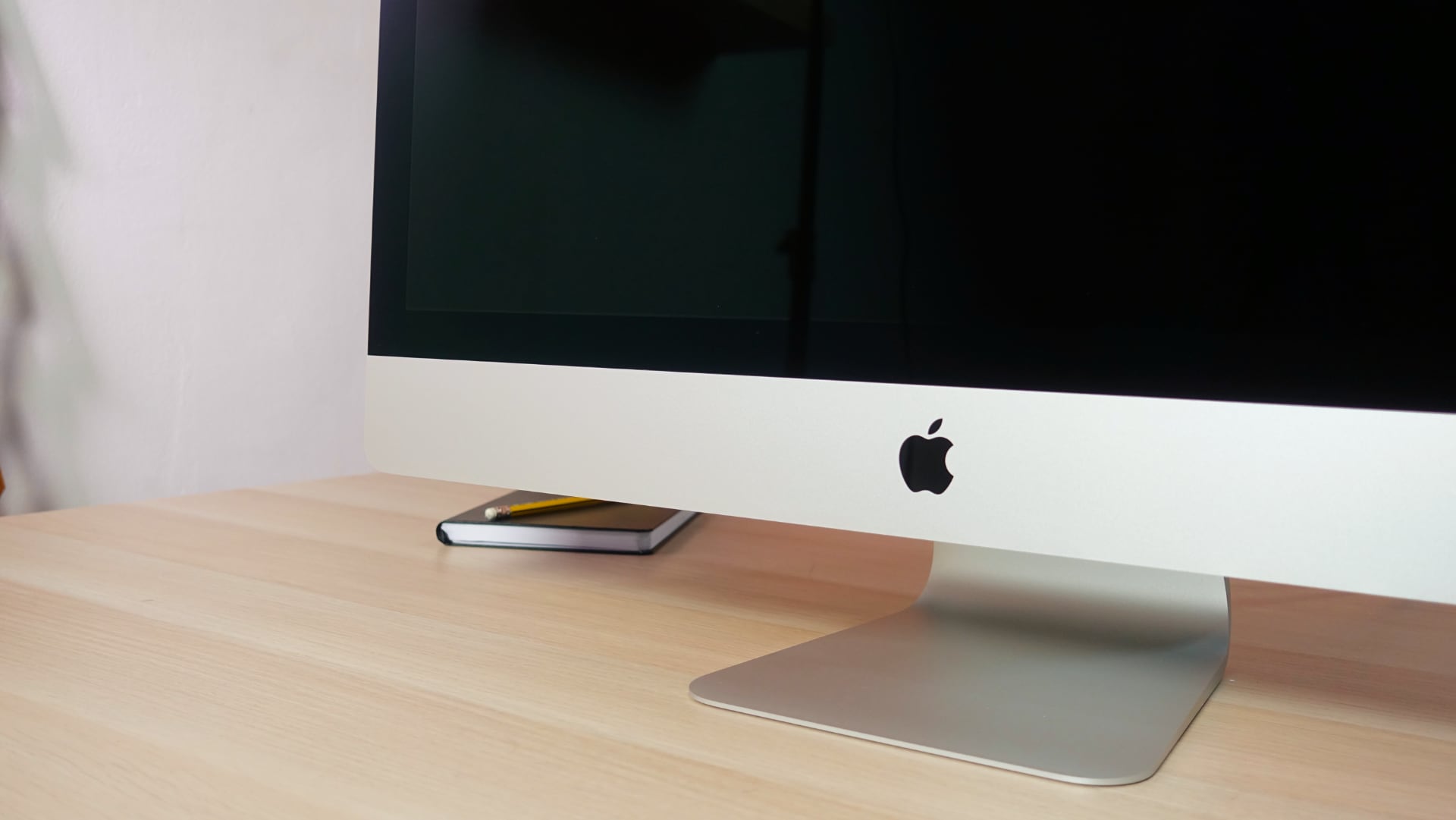
Apple claims the new iMac offers up to 40% faster 8K ProRes transcoding in Final Cut Pro X, 35% faster rendering with Arnold in Autodesk Maya and up to 25% faster build time in Xcode, and if you use any of those apps you're likely going to see a noticeable leap in performance in the new iMac compared to an older model.
The new iMacs also come with the Apple T2 Security Chip, which offers on-the-fly data encryption, and ensures that any software loaded during the boot process hasn't been tampered with.
The FaceTime HD camera, which is now 1080p, has been put to good use while we used the iMac 27-inch (2020), with a seemingly never-ending series of meetings. Apple claims this new webcam doesn't make sacrifices when it comes to low light performance just for the sake of extra pixels.
In fact, the T2 Security Chip will help improve image quality from the webcam, according to Apple, with an Image Signal Processor that controls tone mapping, exposure and face detection as well.
This all sounds good on paper, and in our tests, we found that the webcam delivered very good image quality. We’re used to 1080p webcams in other devices, so we weren’t quite as blown away as we should have been, but for anyone coming from a Mac with an older FaceTime camera, the difference should be noticeable.
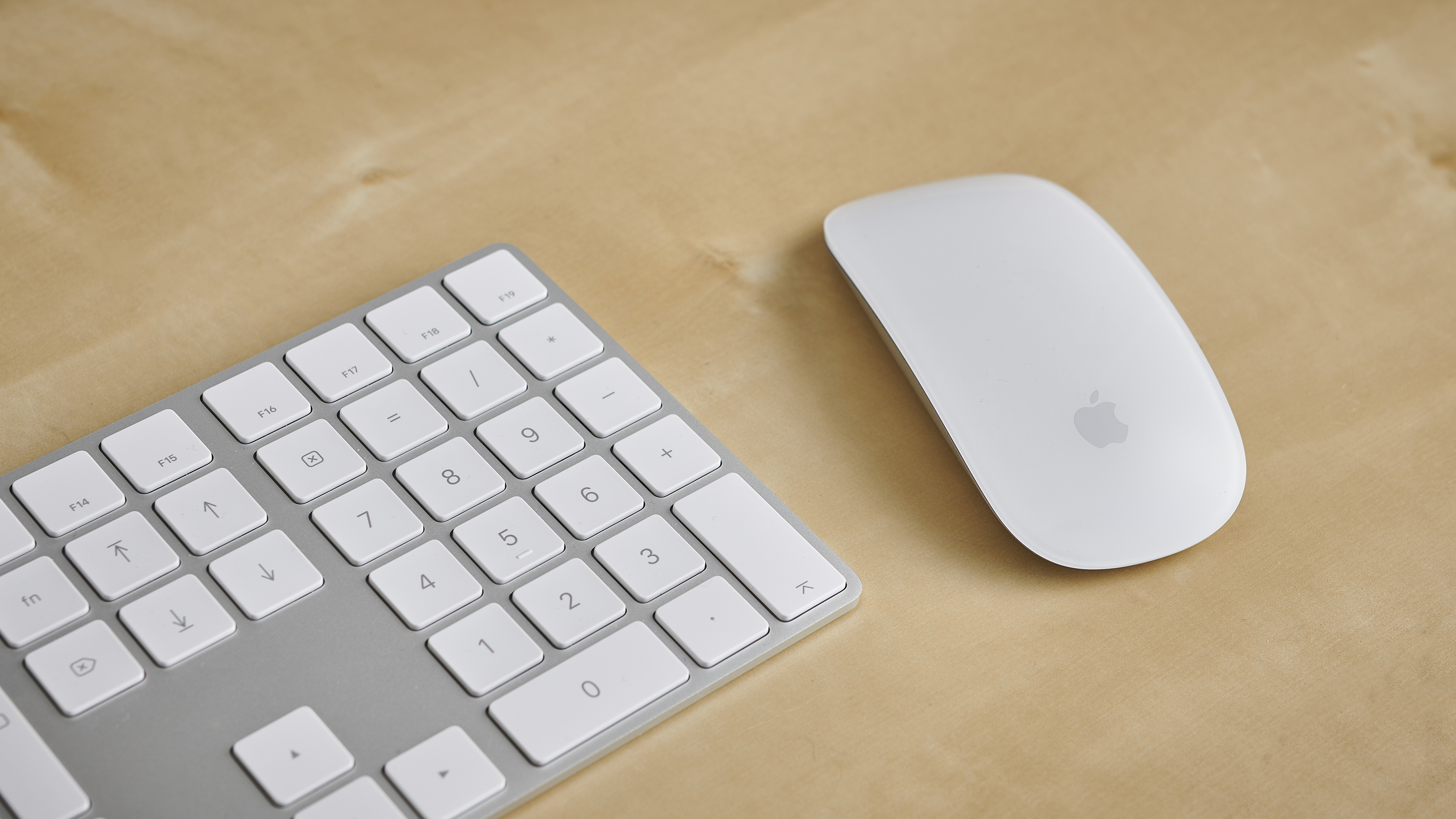
There's also a new studio-quality microphone array which, in conjunction with the FaceTime HD webcam, will make sure you're seen and heard in crystal clear quality in meetings and video calls.
We recorded a voice-over using just the built-in microphones of the new iMac – and the results were very impressive. It’s clear that Apple has invested some time and effort into making the built-in webcam and microphones of the new iMac as good as possible, and it shows – you could happily use them even in content creation – and this means less clutter on your desk.
Also, while the physical speakers of the iMac 27-inch (2020) haven't changed, the T2 Security Chip will handle variable EQ to improve sound quality, including deeper bass.
All these upgrades will be especially appealing to people working from home and who are after a new all-in-one.
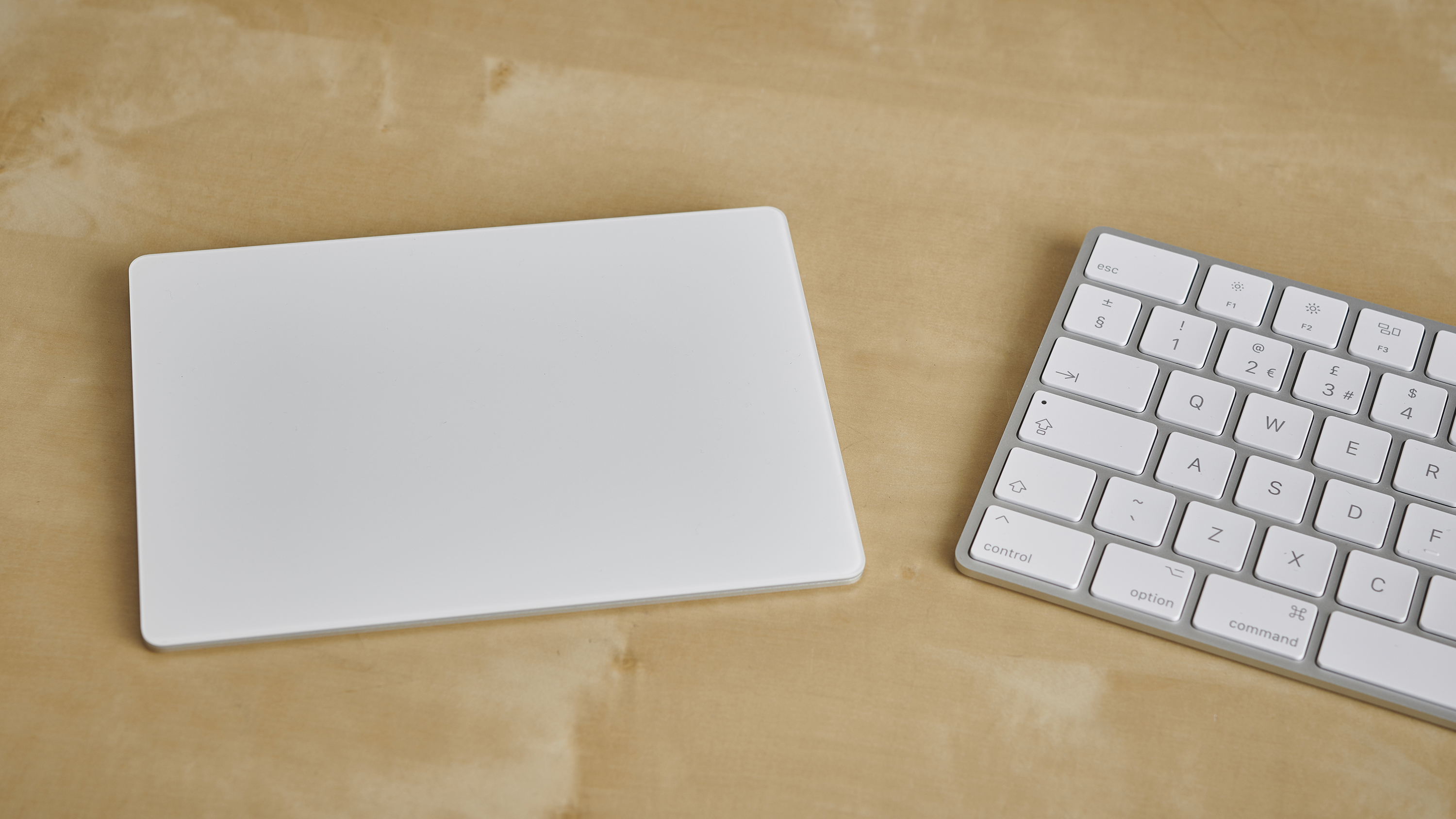
Buy it if...
You use non-Apple made Pro apps
With Macs getting Apple Silicon update, we only recommend buying an Intel based one if you'll be working on Pro apps not made by Apple such as DaVinci Resolve or Autodesk. Those will take time porting to Apple Silicon.
You want the option to run Windows
The If running Windows alongside MacOS is important to you then the iMac 2020 is a great all-in-one with very powerful internals. There's a good chance that you won't be able to run Windows natively on the next iMac.
You work from home
Apple has pitched the new iMac at people working from home, and this is a great shout in our mind. Not only is it powerful, but it’s compact and easy to set up, dependable and has a great webcam and built-in mic – ideal for working from home.
Don't buy it if...
You want a revolutionary Apple computer
While the upgrades to the new iMac are welcome, Apple has stuck with the same tried and tested design that it has for years now. Plus, it doesn’t use Apple’s upcoming CPUs. Could Apple be prepping a more exciting iMac in the future?
You're on a budget
If money is tight, then the iMac probably isn’t for you. There are more affordable traditional desktop PCs which will be better suited to your needs.
You want upgradablility
The iMac 27-inch (2020)’s slimline all-in-one design comes at a price – you can’t just open this up and upgrade it yourself. Again, a traditional desktop PC is a better choice.
- These are the best MacBooks and Macs of 2020

Abbas has been living and breathing tech before phones became smart or clouds started storing data. It all started when he got his very first computer- the Sinclair ZX Spectrum. From computers to mobile phones and watches, Abbas is always interested in tech that is smarter and smaller because he believes that tech shouldn’t be something that gets added to your life- it should be a part of your life.
